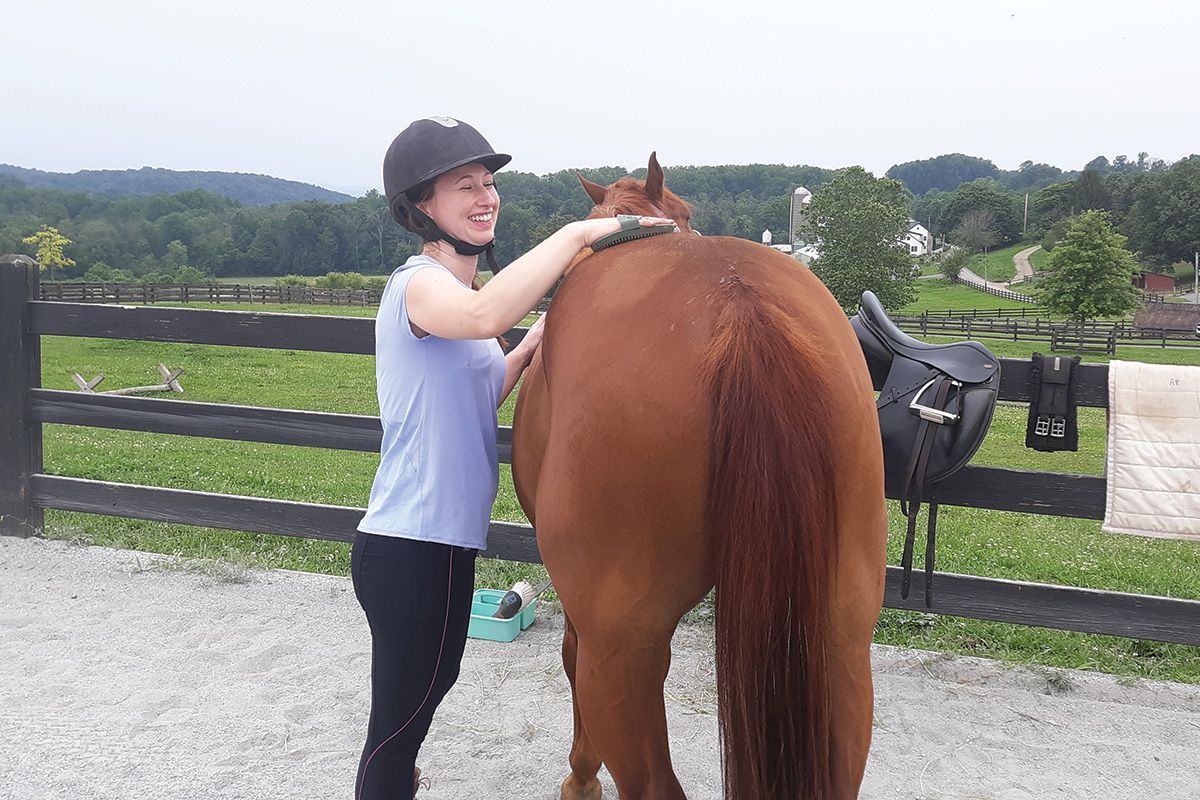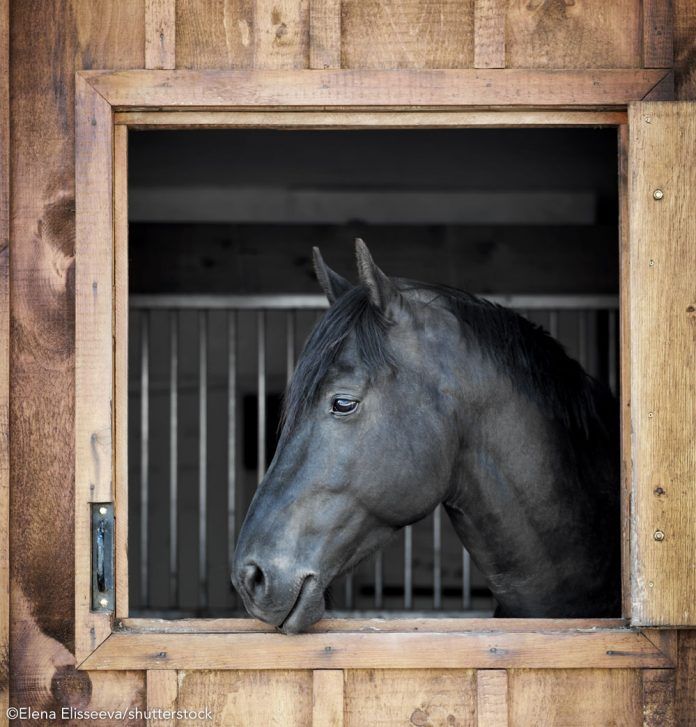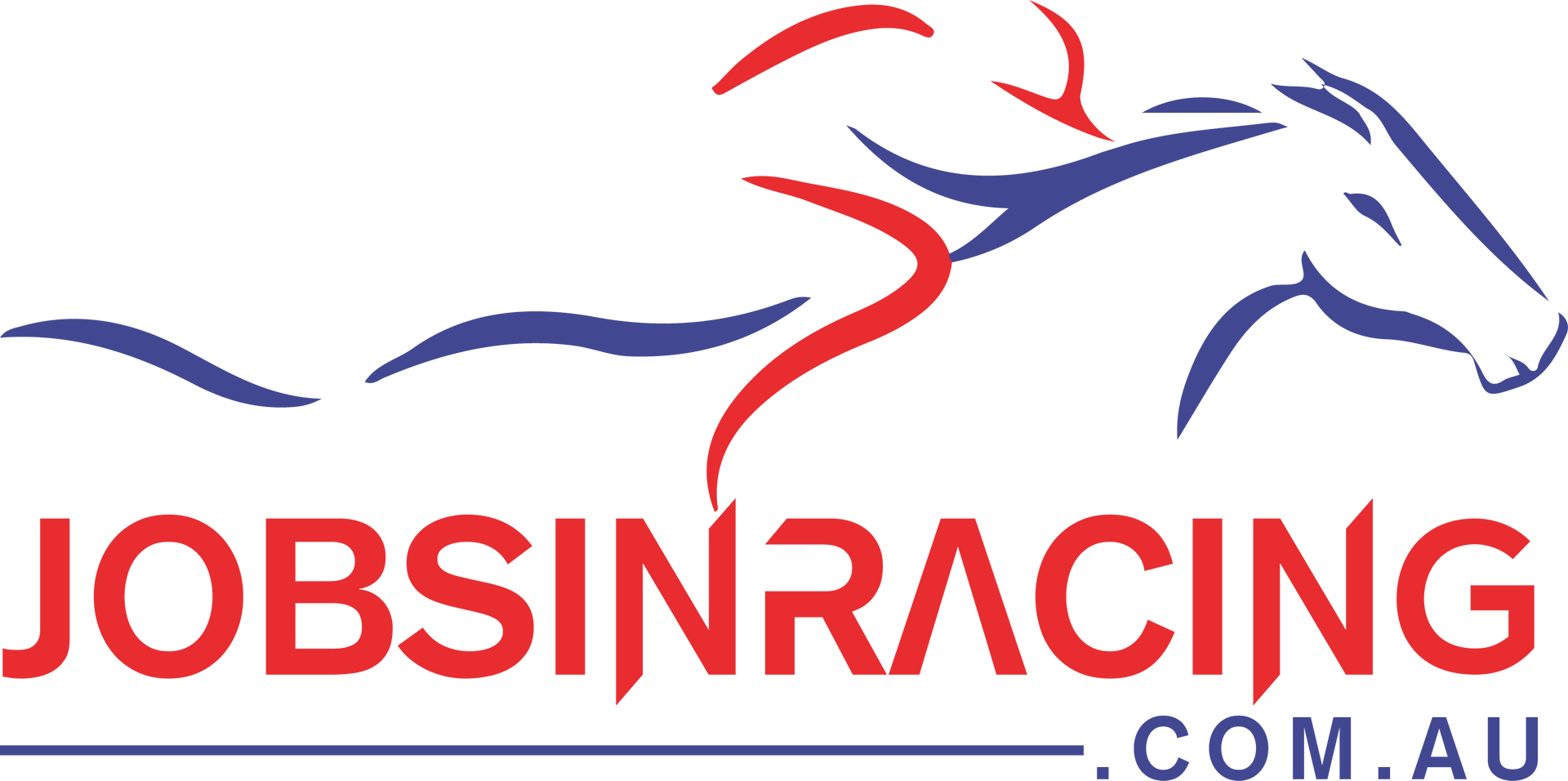Teach Your Horse to Stand Still While Mounting
Just because many horses move off when their riders try to mount, it doesn’t mean that the issue isn’t a serious one. It can range from inconvenient to downright dangerous if your horse takes off when you’re halfway on. For safety’s sake, instead of just getting by and trying to keep the problem from getting worse, dedicate a little time to teach your horse to stand still while mounting. Here’s how.
Before Teaching to Stand Still While Mounting
It’s tricky to teach a horse to stand for mounting if he has so much energy that he won’t stand still, period. To make the following exercises easier, it’s a good idea to longe your horse or work him in a round pen before starting the lesson to get rid of any excess energy that makes the lessons harder.Your goal shouldn’t be to hold your horse still; he must learn to stand still on his own without relying on you to hold him there. The more you try to hold your horse still, the more most horses will want to start moving. If nothing else, you’ll accidentally teach your horse that when you’re not holding him, that’s his cue to start moving.
Test and Back
To begin the lesson, have your horse tacked up and stand beside him on his left side, assuming you usually mount from the left side. (Note: If you normally use a mounting block, don’t use it in the beginning, as this will make this stage easier, plus you’re not actually mounting at this point.)
Hold both reins in your left hand. Have the left rein run directly to your hand, and have the right rein run behind the horn or the pommel of your saddle and then to your hand. Using your right hand, start creating a stimulus to trick your horse into thinking that you’re in the process of mounting up.
You can pull the horn, swing the fender, put pressure on the stirrup, et cetera. Start small and gradually increase what you’re doing until your horse takes the bait and walks off. When he does, immediately take hold of the right rein with your right hand. Now holding a rein in each hand, put pressure on the reins and ask your horse to back up. Don’t go too fast or put too much pressure on the reins, but use enough that he realizes he wasn’t supposed to move forward.
Now let your horse stand, then repeat the process. Keep creating a stimulus and backing him up every time he tries to move forward.
Once your horse won’t move, stay in the same position and try jumping up and down a little bit. Some horses move off because they see the rider start to raise up in the stirrup, so this is another way to see if he’s really going to stand still while mounting. If the horse moves off, just back him up again. Keep this up until your horse won’t move a single step forward.
The next part depends a bit on you. If you can put your foot in the stirrup and you can stand up in the left stirrup and stay standing in the stirrup, do that holding the reins in your left hand while putting your other hand on the saddle or horse to balance yourself.
If your horse wants to move a little bit, back him up one step using your reins. If he wants to really move, step off quickly and back him up from the ground.
When you find standing in one stirrup awkward, then skip this step. Instead, do more preparation work on the ground first before trying to mount up.
After Mounting Your Horse
Once you feel good about getting in the saddle, go ahead and do so. If your horse is standing still, immediately start petting and rubbing him. This is for two reasons: One is to obviously reward him for standing still. The other is that the rubbing and petting will give your horse something to think about and will often keep his focus so that he won’t be thinking as much about walking off.
If he does move forward, immediately back him up and then begin rubbing again. Once he has been still for 15 seconds or so, ask him to move forward. It’s very important that you ask him to move instead of letting him move when he chooses to. You need him to wait on your cue to move forward—I can’t emphasize enough how important that is.
Toward the end of your normal ride, dismount and repeat the mounting lessons. When your horse is fresh, standing still doesn’t seem like a good idea to your horse. It’s easier to get the standing still training done later on when your horse doesn’t have as much energy and really doesn’t want to move as much.
Repeat these lessons over several rides and gradually lengthen the time that your horse stands after mounting before asking him to move forward. Even when he knows how to stand still, it’s important to begin rides by mounting and waiting for 30 seconds to a minute before moving. Once that becomes a habit, you will have a horse that stands like a statue while you get on, and he won’t move off until you ask.
Source: https://www.horseillustrated.com/teach-your-horse-to-stand-still-while-mounting


